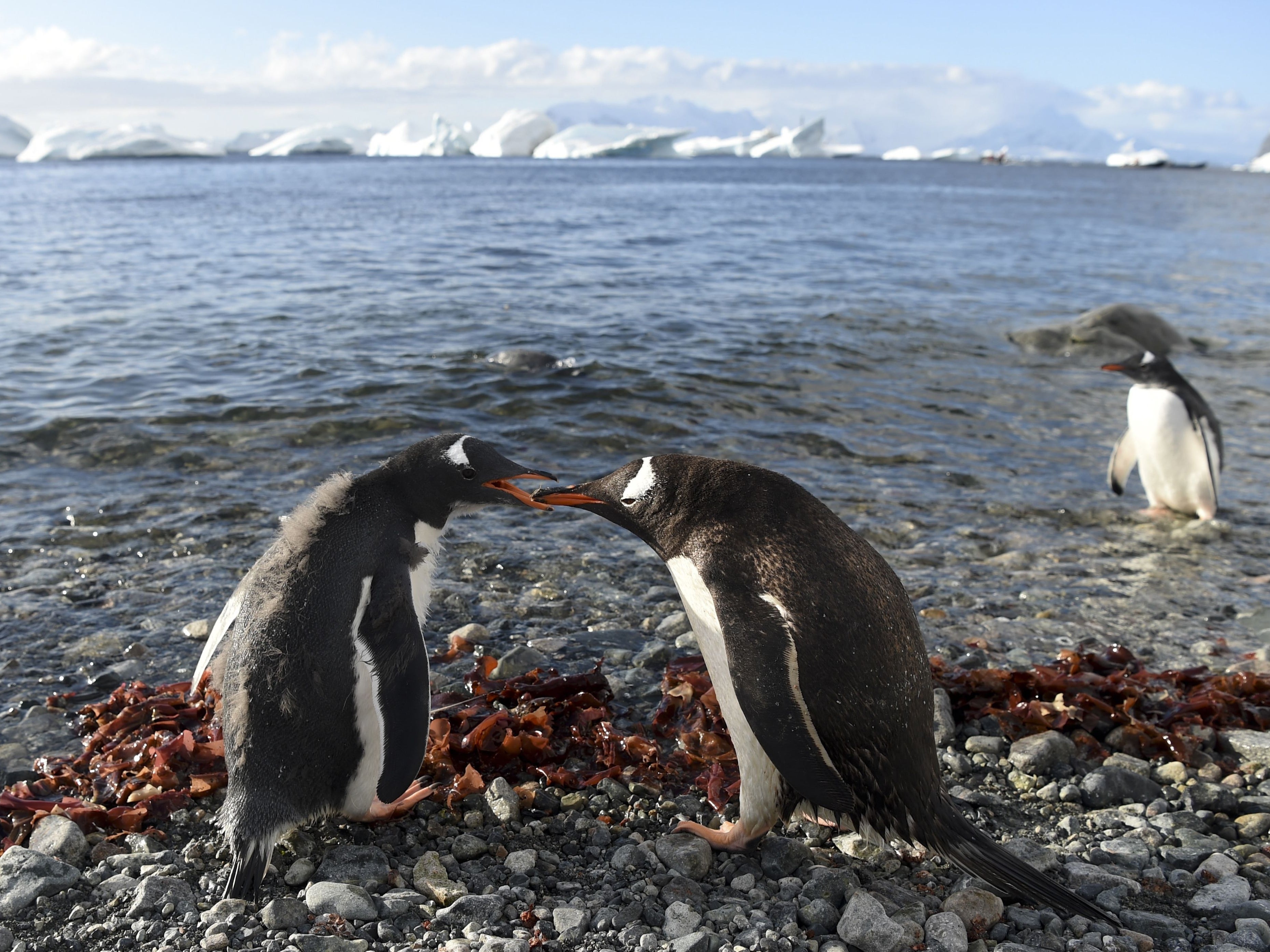Earth now has five oceans, National Geographic Society says
Southern Ocean around Antarctica has been recognised by the non-profit organisation

There are now five oceans on the planet, according to the National Geographic Society.
The non-profit organisation said it has decided to accept the body of water around Antarctica as a separate ocean.
The Southern Ocean is the fifth ocean to be recognised by the group since it began making maps in 1915.
The others include the Atlantic, Pacific, Indian and Arctic Oceans.
The National Geographic said its cartographers have decided “the swift current circling Antarctica keeps the waters there distinct” and worthy of being considered an ocean in its own right.
“The Southern Ocean has long been recognised by scientists, but because there was never agreement internationally, we never officially recognised it,” Alex Tait, a geographer from the National Geographic Society, said.
He said the group’s map policy committee had been considering the change for years and tracking the Southern Ocean being “increasingly” mentioned by scientists and the press.
Mr Tait added the National Geographic Society has taken the step to recognise the Southern Ocean “because of its ecological separation”.
It is the only ocean to be defined by its current, rather than the continents enclosing it in, National Geographic magazine said.
According to the World Wide Fund (WWF), the Southern Ocean - which encircles the entire Antarctic continent - is the youngest of the world’s oceans, forming when Antarctica and South America moved apart around 30 million years ago.
“Few of the Earth’s remaining wilderness environments are more valuable or vulnerable than Antarctica and the surrounding Southern Ocean,” it says.
“The marine environment supports rich plant and animal life, including penguins, seals, whales and albatrosses.”
But the non-governmental organisation warned the Southern Ocean has also become a “dumping ground for rubbish”.
The National Geographic Society decided to recognise the Southern Ocean from 8 June, which is World Oceans Day.
Mr Tait said this move will affect how children using maps in schools understand the world.
“Students learn information about the ocean world through what oceans you’re studying. If you don’t include the Southern Ocean then you don’t learn the specifics of it and how important it is,” he said.
Join our commenting forum
Join thought-provoking conversations, follow other Independent readers and see their replies
Comments
Bookmark popover
Removed from bookmarks